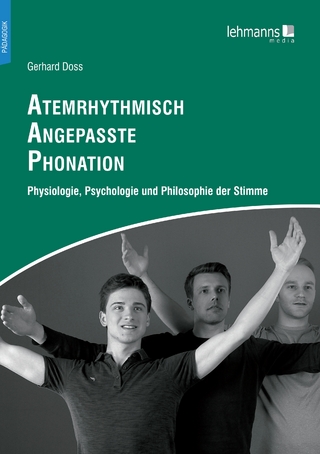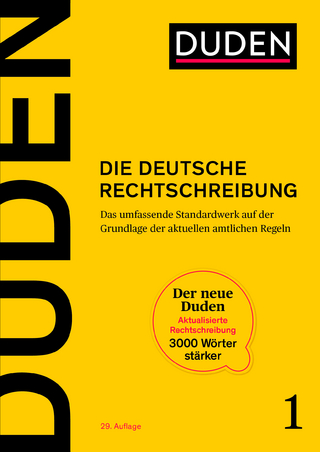
The Language of Physics
Springer-Verlag New York Inc.
978-1-4612-7272-4 (ISBN)
This study began as an attempt to understand mechanics in the nineteenth century. The terms mechanics and mechanical world view were being used as general descriptions of nineteenth-century physicists' assumptions and interpretations of nature. However, there were no studies of the particulars of these assumptions or the range and content of these interpretations. Rene Dugas' work on classical mechanics focused on France. The search for the particulars of these forms of "mechanics" led me to explore precisely what mechanics meant to physicists of a century and more ago. However, none of Lagrange's, Hamilton's, or Jacobi's "mechanics," while ele gant, fits easily within the history of physics. Lagrange reduced mechanics to an exercise in analysis; Hamilton and Jacobi used mechanics to explore solutions to partial differential equations. They were mathematicians doing mathematics. As I went deeper into the matter it became obvious that, in the nineteenth century, there were two kinds of mechanics, each containing a variety of forms, one physical, the other mathematical. There were a group of men using mechanics to understand nature and another group using the equations of mechanics to explore the calcu lus. However, when tracing these two traditions back into the eighteenth century, physics disappeared altogether.
I: Introduction.- Mathematics and Modern Physics.- Modern Physics.- Earlier Historical Approaches to Modern Physics.- Mathematics as Language.- Organization of the Text.- I: Eighteenth-Century Science.- II: Vibrating Strings and Eighteenth-Century Mechanics.- III: Eighteenth-Century Physics and Mathematics: A Reassessment.- II: Transitions, 1790–1830.- IV: “Empirical Literalism”: Mathematical Versus Experimental Physics in France, 1790–1830.- V: On the Margins: Experimental Physics and Mathematics in the German States, 1790–1830.- VI: On the Margins: Experimental Philosophy and Mathematics in Britain, 1790–1830.- III: Transformations, 1830–1870.- VII: From Natural Philosophy and “Mixed Mathematics” to Theoretical and Experimental Physics: Britain, 1830–1870.- VIII: Physics and Mathematics in the German States, 1830–1870.- IV: Conclusions and Epilogue.- IX: Physics About 1870 and the “Decline” of French Physics.- X: Epilogue: Forging New Relationships: 1870–1914.
| Zusatzinfo | XIX, 399 p. |
|---|---|
| Verlagsort | New York |
| Sprache | englisch |
| Maße | 155 x 235 mm |
| Themenwelt | Geisteswissenschaften ► Sprach- / Literaturwissenschaft ► Sprachwissenschaft |
| Mathematik / Informatik ► Mathematik ► Geschichte der Mathematik | |
| Naturwissenschaften ► Physik / Astronomie ► Allgemeines / Lexika | |
| Naturwissenschaften ► Physik / Astronomie ► Optik | |
| ISBN-10 | 1-4612-7272-6 / 1461272726 |
| ISBN-13 | 978-1-4612-7272-4 / 9781461272724 |
| Zustand | Neuware |
| Informationen gemäß Produktsicherheitsverordnung (GPSR) | |
| Haben Sie eine Frage zum Produkt? |
aus dem Bereich


